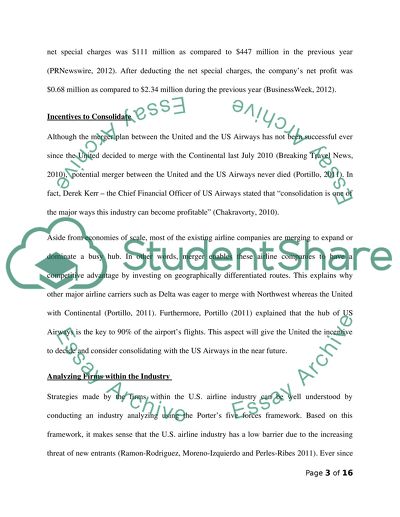Cite this document
(“Merger between the United and US Airways Term Paper”, n.d.)
Retrieved from https://studentshare.org/macro-microeconomics/1442948-merger
Retrieved from https://studentshare.org/macro-microeconomics/1442948-merger
(Merger Between the United and US Airways Term Paper)
https://studentshare.org/macro-microeconomics/1442948-merger.
https://studentshare.org/macro-microeconomics/1442948-merger.
“Merger Between the United and US Airways Term Paper”, n.d. https://studentshare.org/macro-microeconomics/1442948-merger.


